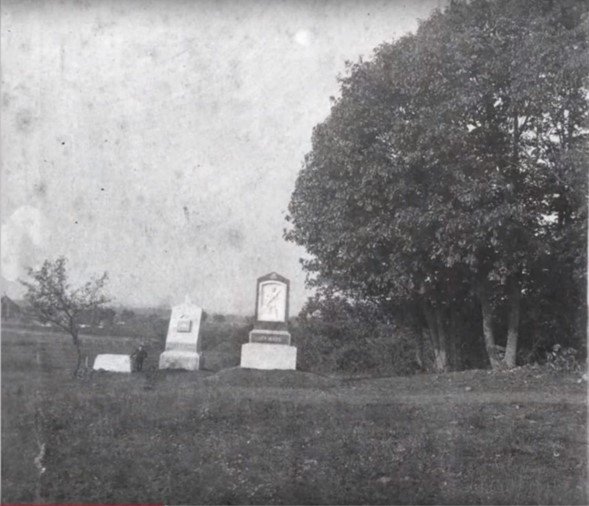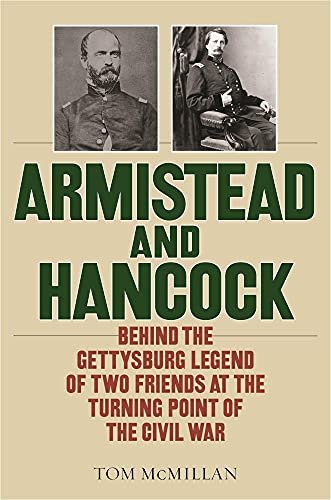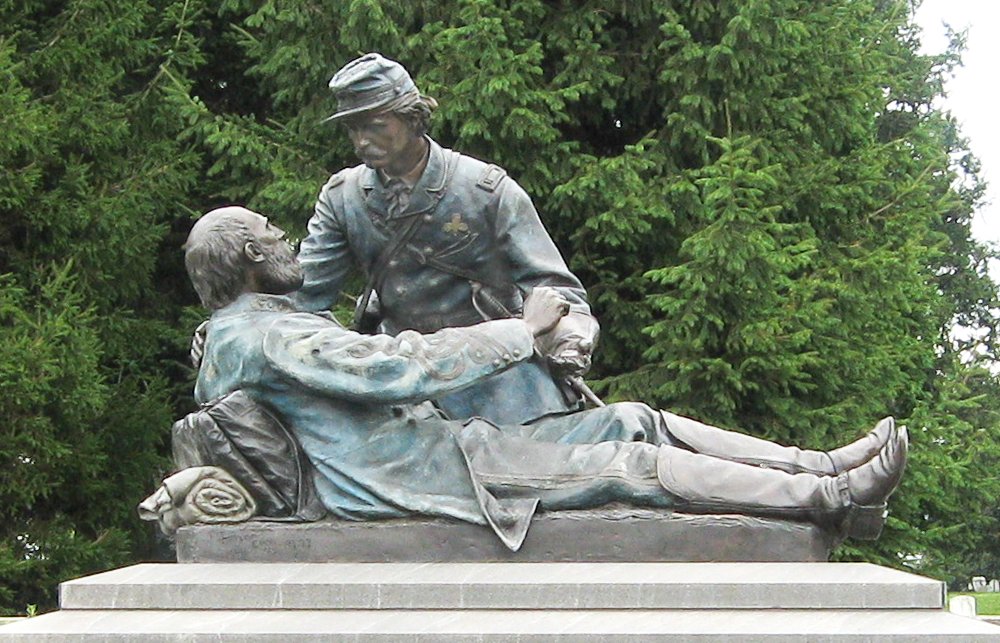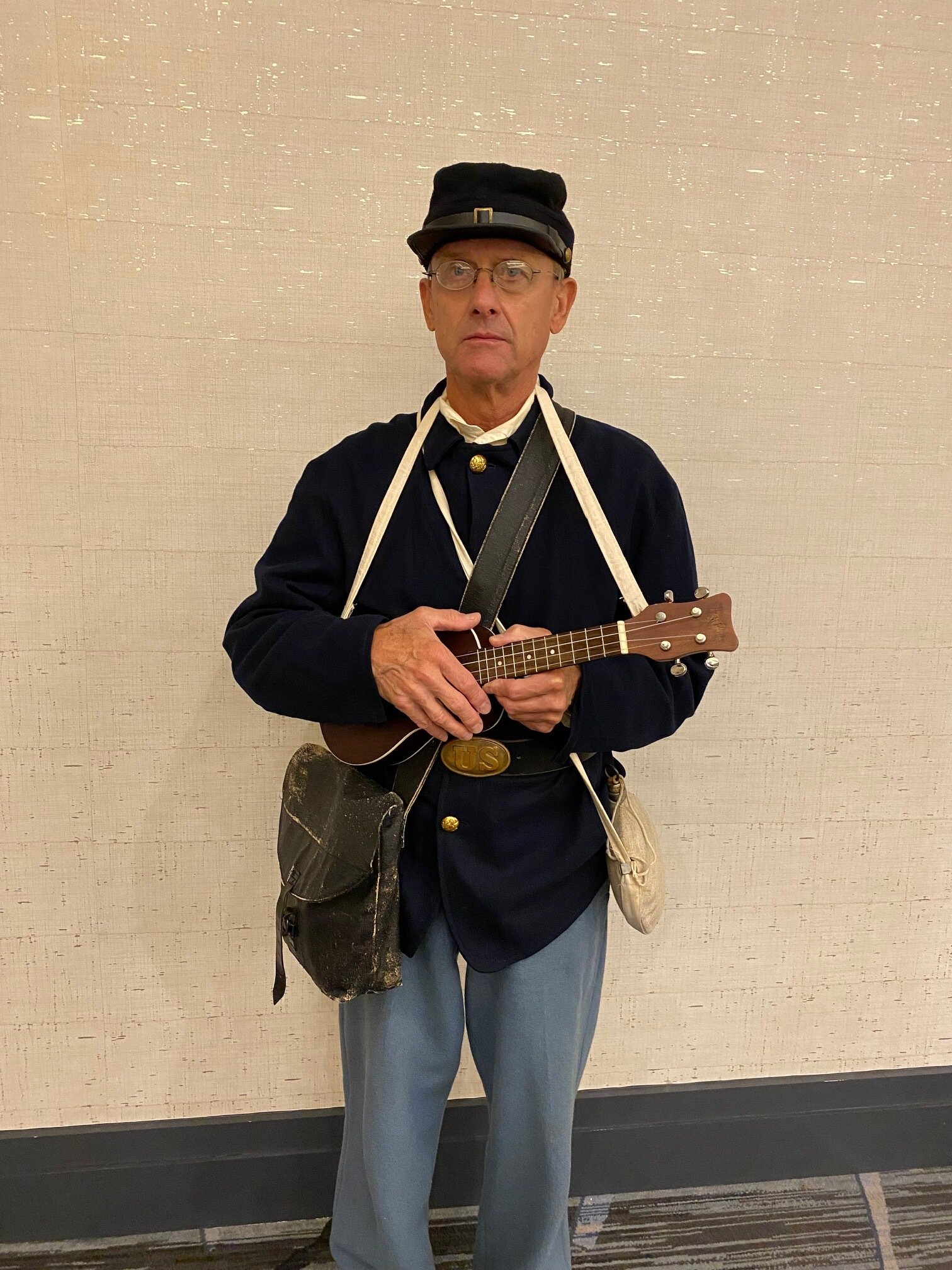The following was a post from Emerging Civil War on December 7, 2021…
By the end of 1863, the Gettysburg Battlefield Memorial Association began to preserve the sacred soil of the Gettysburg battlefield. As time passed, veterans returned to the field in order to dedicate monuments to permanently tell their stories. Some of the first monuments around the Angle are for Massachusetts regiments that advanced to the copse of trees near the Angle to help contain Confederate breakthroughs during Pickett’s Charge on July 3. Specifically, the 15th, 19th, and 20th Massachusetts Infantry Regiments staked a claim on the memory of the battle by placing their monuments directly on the south end of the copse. However, visitors who have seen the modern landscape may immediately notice this historic image does not look the same today, and that the monuments are no longer in their original context. What happened, and why were their monuments moved?
CLICK HERE TO READ WHY (And how our CWRT became involved!)

































